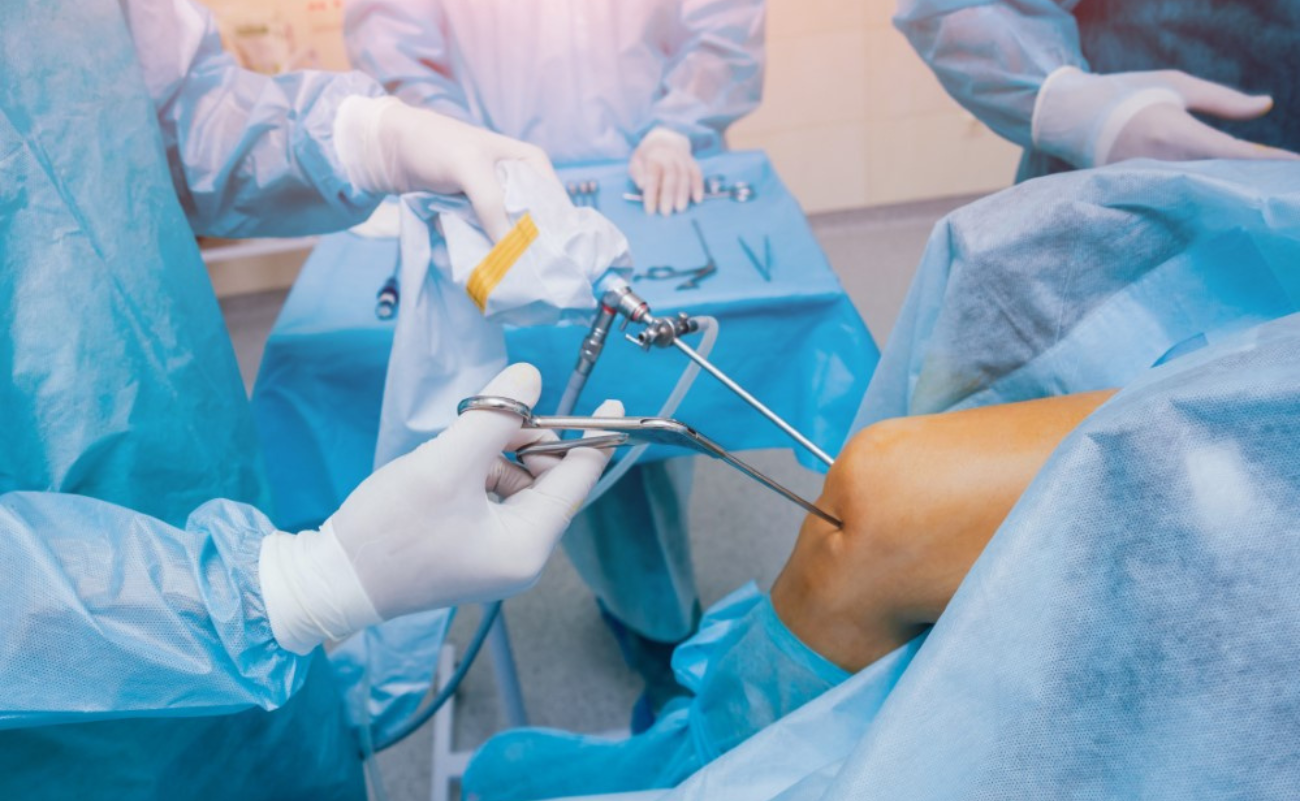ACL Reconstruction Surgery: What You Need to Know

May 06, 2023
The anterior cruciate ligament (ACL) is a crucial ligament that provides stability to the knee joint. However, ACL injuries are common, especially among athletes involved in sports that require quick direction changes or pivoting movements. When the ACL is torn or severely damaged, surgery may be necessary to restore knee stability and function. In this blog post, we will explore the details of ACL reconstruction surgery, including its purpose, surgical procedure, recovery, and rehabilitation.
Understanding the ACL and its Importance
The ACL is one of the major ligaments in the knee joint, connecting the thigh bone (femur) to the shinbone (tibia). Its primary function is to prevent excessive forward movement of the tibia and rotational instability of the knee. It also contributes to the overall stability and strength of the knee during various activities.
Causes of ACL Injuries
ACL injuries often occur during activities that involve sudden stops, changes in direction, or direct impact on the knee. Common causes include:
Sports-related injuries
Athletes participating in sports such as football, soccer, basketball, and skiing are at a higher risk of ACL injuries due to the dynamic movements involved.
Trauma
Direct blows to the knee, such as from a car accident or a fall, can result in ACL tears.
Non-contact injuries
Sudden deceleration, landing awkwardly from a jump, or pivoting motions can cause the ACL to tear without direct contact.
Symptoms of ACL Injuries
When an ACL injury occurs, individuals may experience the following symptoms:
- A loud popping sound at the time of injury.
- Immediate pain and swelling in the knee.
- Instability and a feeling of the knee giving way.
- Limited range of motion.
- Difficulty walking or bearing weight on the affected leg.
Diagnosis of ACL Injuries
To diagnose an ACL injury, a healthcare professional will perform a thorough physical examination of the knee and review the individual's medical history. Additional tests, such as magnetic resonance imaging (MRI), may be ordered to assess the extent of the injury and identify any associated damage to other structures in the knee.
Purpose of ACL Reconstruction Surgery
The primary goal of ACL reconstruction surgery is to restore knee stability and function by replacing the torn ACL with a graft. This surgical procedure is recommended for individuals who experience persistent knee instability, have significant ACL tears, or participate in activities that require knee stability, such as sports or physically demanding occupations.
Surgical Procedure
ACL reconstruction surgery is typically performed using minimally invasive arthroscopic techniques. The procedure involves the following steps:
Anesthesia
The patient will receive either general anesthesia or a regional anesthesia technique to numb the lower body.
Incisions
Small incisions are made around the knee to insert the arthroscope and surgical instruments.
Graft Harvesting
A graft, typically taken from the patient's hamstring tendon or patellar tendon, is harvested to create a new ACL. Alternatively, allograft (donor graft) may be used.
Graft Placement
The surgeon will drill tunnels in the thigh bone and shinbone to secure the graft. The graft is then positioned and fixed in place using screws, staples, or other devices.
Closure
The incisions are closed with sutures or surgical staples, and a sterile dressing is applied.
Recovery and Rehabilitation
After ACL reconstruction surgery, a comprehensive rehabilitation program is essential to optimize recovery and regain strength, stability, and range of motion in the knee. The rehabilitation process typically involves the following stages:
Immediate postoperative care
The patient will be provided with pain medication, instructions on wound care, and guidance on using crutches. Physical therapy may
Early stage rehabilitation
This phase focuses on reducing pain and swelling, restoring range of motion, and gradually reintroducing weight-bearing activities. Physical therapy sessions will involve gentle exercises, such as quadriceps sets, heel slides, and straight leg raises, to strengthen the muscles around the knee.
Mid-stage rehabilitation
As the knee becomes more stable, the focus shifts to improving strength, balance, and flexibility. Physical therapy exercises may include squats, lunges, step-ups, and single-leg balance activities. Functional movements are specific to the individual's daily activities or sports may also be incorporated.
Late-stage rehabilitation
In this phase, the emphasis is on restoring full function and returning to normal activities or sports. Physical therapy will include more challenging exercises, such as agility drills, plyometrics, and sport-specific training. The therapist will closely monitor progress and guide safe resuming activities.
It's important to note that the duration of the rehabilitation process may vary depending on the individual, the extent of the injury, and other factors. Compliance with the prescribed rehabilitation program, as well as regular follow-up appointments with the surgeon and physical therapist, is crucial for a successful recovery.
The Road to Recovery
The recovery period after ACL reconstruction surgery can vary, but most individuals can expect a gradual return to normal activities within six to nine months. It's crucial to follow the surgeon's and physical therapist's guidelines during the recovery process. Here are some general tips for a smooth recovery:
- Take medications as prescribed
- Rest and protect the knee: Use crutches as advised by your healthcare team to avoid putting excessive weight on the surgical leg. Take rest breaks as needed and avoid activities that may jeopardize the healing process.
- Ice and elevate
- Attend physical therapy sessions
- Gradually return to activities
Conclusion
Recovering from ACL reconstruction can be a long and strenuous journey, but it's important to keep in mind that the goal is a stronger and more stable knee. By following the advice of your surgeon and physical therapist, you can ensure that you make a full recovery and return to sports or other activities safely. With patience, dedication, and proper care, you can expect an improved range of motion as well as increased strength and stability in your knee.
